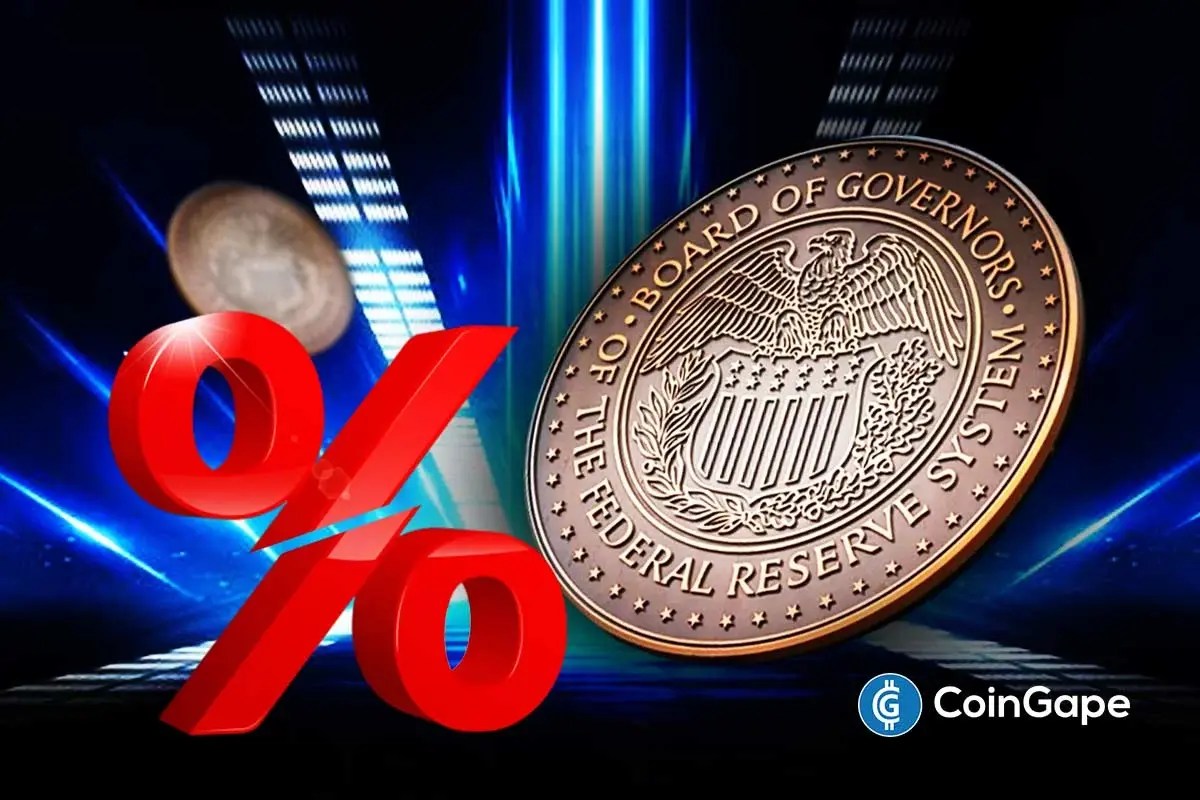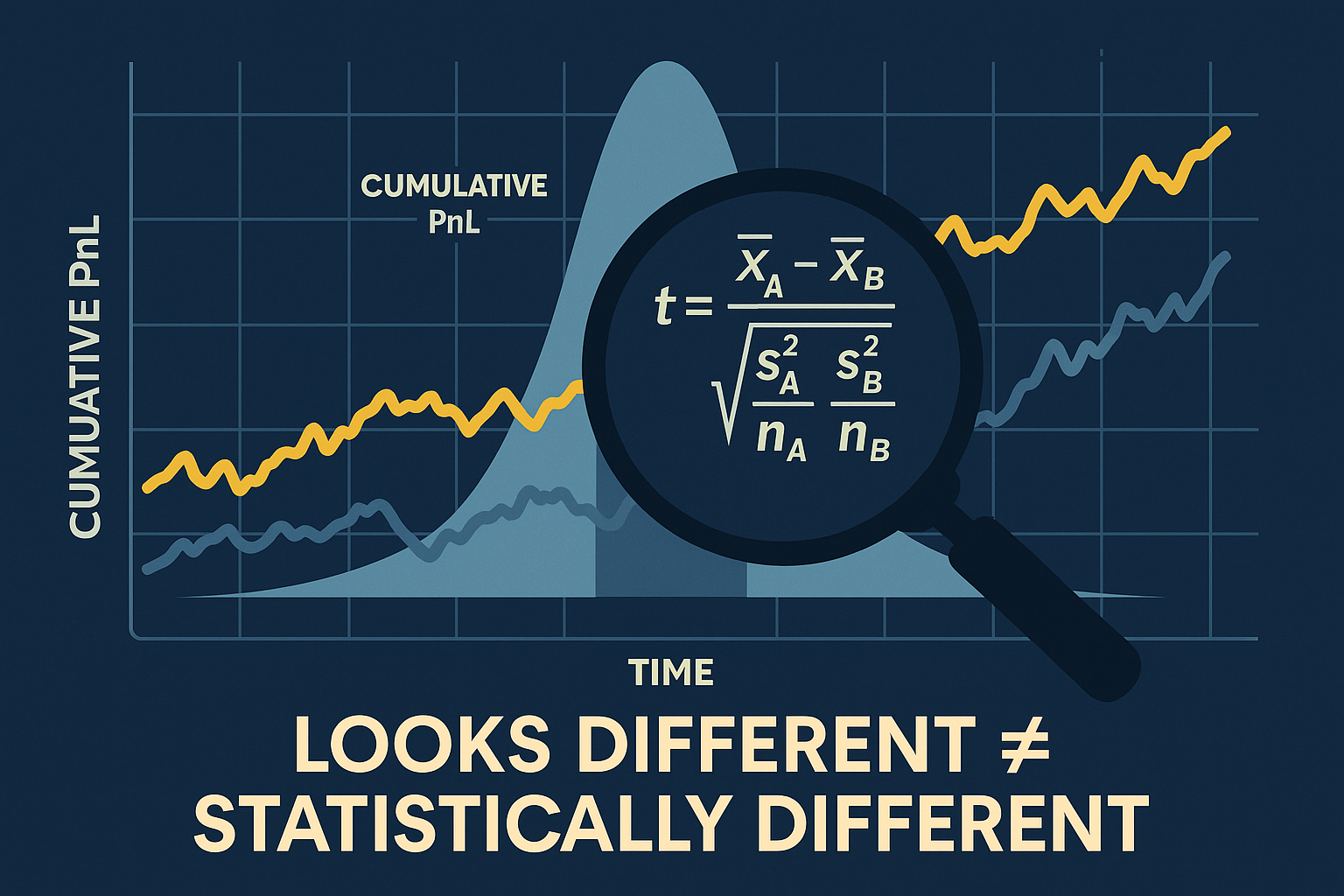US Deficit to Surpass $2 Trillion Despite Record Tariff Revenue
The U.S. deficit is expected to break above $2 trillion for the current fiscal year, despite record $350B in tariff revenue.
The U.S. deficit is expected to top $2 trillion in the current fiscal year. This is interesting because it comes even as the government collects a record $350 billion annually in tariffs.
August, especially, showed this imbalance.
The government posted a $345 billion monthly deficit while tariff revenue hit $31 billion, its highest single-month total in history.
Tariffs covered less than 10% of that month’s shortfall. Every month this year has seen over $300 billion in new deficit spending. This means that if the trend continues, the next fiscal year could see a deficit near $2.7 trillion.
Tariffs Reach 90-Year Highs but Cannot Close the Gap.
Tariff revenue has risen 355% since last year, and has reached levels not seen since the 1930s. This means that annual collections now represent 18% of household income taxes.
For decades, that figure hovered near 4% and rarely went higher than 10%.
The current effective tariff rate sits at 17.3%, and is the highest since 1935. Despite trade negotiations, tariffs have not gone away. Even paused measures, like the U.S.-China tariffs, have not reduced overall intake.
As it stands, the White House is now weighing an extension of existing agreements.
Still, the surge in revenue has not reduced the deficit. Government spending continues to grow faster than income, and is leaving tariff collections as a small fraction of total needs.
Market Response to Rising Deficits
Despite the worsening fiscal numbers, equity markets have shown strength. The S&P 500 has added $16 trillion in value since April and set nearly 30 all-time highs this year.
Analysts at Carson Group note this is the sixth time since 1975 that the index gained more than 30% over five months. Historically, such streaks have led to an average 18% gain the following year.
Investors initially reacted negatively to higher tariffs.
Early this year, the S&P 500 fell 10% in its first 73 trading days as traders priced in shocks. That caution has faded so far, and markets now appear focused on artificial intelligence growth, expected Federal Reserve rate cuts and corporate earnings strength.
Effects Beyond Federal Budgets
Trump’s tariff policies have rippled through markets for equities, commodities, and crypto. The immediate reaction in stocks was negative, but later stabilisation showed investor confidence in broader economic drivers.
In digital assets, fiscal uncertainty has pushed some investors to seek alternatives. Cryptocurrencies have benefited so far, as traders look for assets not directly tied to government spending or policy outcomes.
Historical Perspective on Tariffs
For most of modern history, tariffs accounted for a small share of U.S. income. Before now, they averaged 4% of household tax receipts and rarely reached double digits. The last time the U.S. saw comparable levels was during the Great Depression.
However, the ongoing Trump tariff regime stands as a strong change from decades of relatively open trade.
In all, by raising rates to near-Depression levels, the policy has reshaped trade flows and increased government revenue. Yet it has not fixed the structural gap between spending and income.
In a nutshell, unless spending slows down, tariff revenue will continue to be a small offset against much larger deficits.
Investors and policymakers will all be watching whether the U.S. takes steps toward greater fiscal balance or continues down the path of rising red ink.
The post US Deficit to Surpass $2 Trillion Despite Record Tariff Revenue appeared first on Live Bitcoin News.
También te puede interesar

Fed Makes First Rate Cut of the Year, Lowers Rates by 25 Bps

The HackerNoon Newsletter: Why You Shouldn’t Judge by PnL Alone (9/23/2025)
